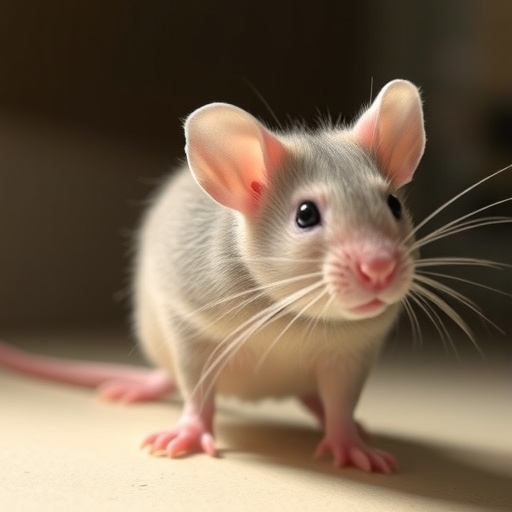
Credit: (c) Koji Yamanaka laboratory
Nagoya, Japan – Amyotrophic lateral sclerosis (ALS) is an adult onset, fetal neurodegenerative disease that selectively affects motor neurons. To date, more than 20 genes are identified as a causative of inherited ALS, and many researchers investigate the pathomechanism of ALS.
A research team led by Prof. Koji Yamanaka (Nagoya University) found that collapse of the MAM is a common pathological hallmark to two distinct inherited forms of ALS: SOD1- and SIGMAR1- linked ALS. The research findings were reported in EMBO Molecular Medicine on November 7th, 2016.
The researchers focused on the mitochondria-associated membrane (MAM), which is a contacting site of mitochondria and endoplasmic reticulum (ER). Recent studies have revealed that the MAM plays a key role in cellular homeostasis, such as lipid synthesis, protein degradation, and energy metabolism. Intriguingly, a recessive mutation in SIGMAR1 gene, which encodes sigma 1 receptor (Sig1R), a chaperone enriched in the MAM, is causative for a juvenile ALS. In this study, the researchers identified a novel ALS-linked SIGMAR1 mutation, c.283dupC/p.L95fs in a juvenile-onset ALS case. Moreover, ALS-linked Sig1R mutant proteins were unstable and non-functional, indicating a loss-of function mechanism in SIGMAR1-linked ALS.
A loss of Sig1R function induced MAM disruption in neurons. However, it was still unknown whether the MAM alternation was also involved in the other ALS cases. To address this question, the researchers cross-bred SIGMAR1 deficient mice with the other inherited ALS mice which overexpress a mutant form of SOD1 gene. SIGMAR1 deficiency accelerated disease onset of SOD1-ALS mice by more than 20 %. In those mice, inositol triphosphate receptor type-3 (IP3R3), a MAM-enriched calcium ion (Ca2+) channel on ER, was disappeared from the MAM. The loss of proper localization of IP3R3 led to Ca2++ dysregulation to exacerbate the neurodegeneration. The researchers also found that IP3R3 was selectively enriched in motor neurons, suggesting that integrity of the MAM is crucial for the selective vulnerability in ALS.
These results provide us with new perspectives regarding future therapeutics, especially focused on preventing the MAM disruption for ALS patients. Together with the research from other groups, collapse of the MAM is widely observed in the other genetic causes of ALS, and therefore it may be applicable to sporadic ALS patients.
###
The article, "Collapse of mitochondria-associated membrane is a common pathomechanism in SIGMAR1- and SOD1-linked ALS" was published in EMBO Molecular Medicine at DOI: 10.15252/emmm.201606403
Media Contact
Koomi Sung
[email protected]
http://www.nagoya-u.ac.jp/en/




